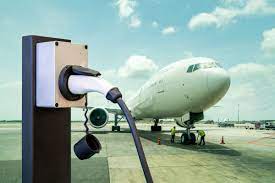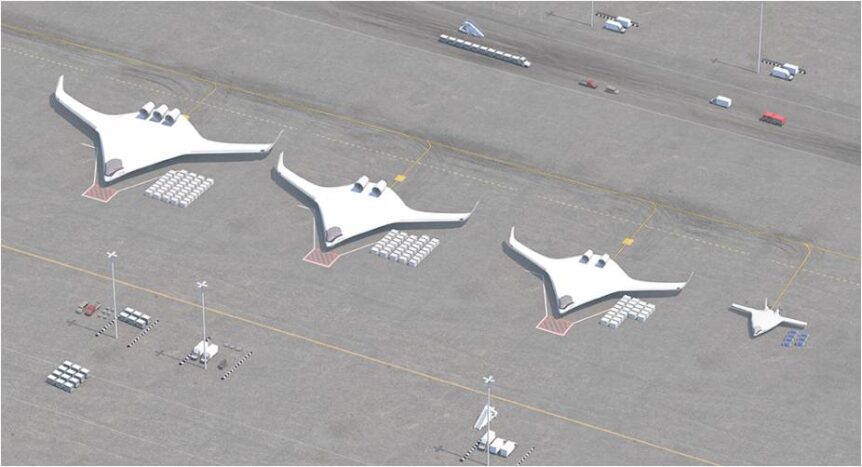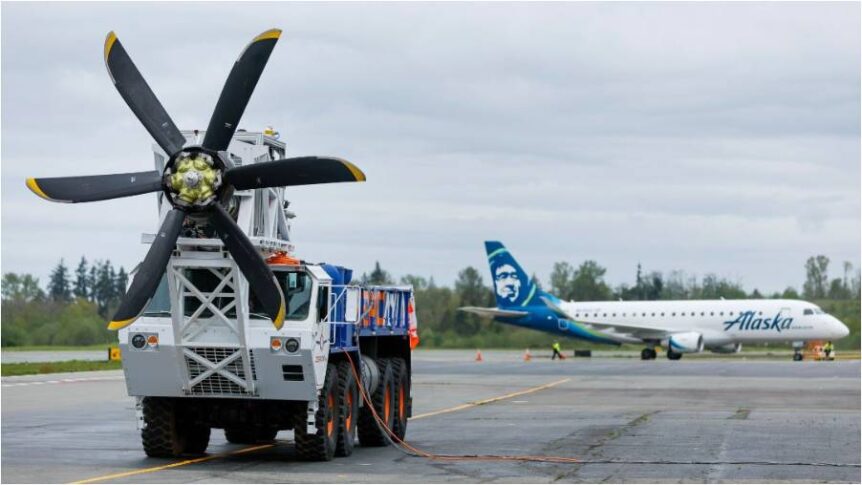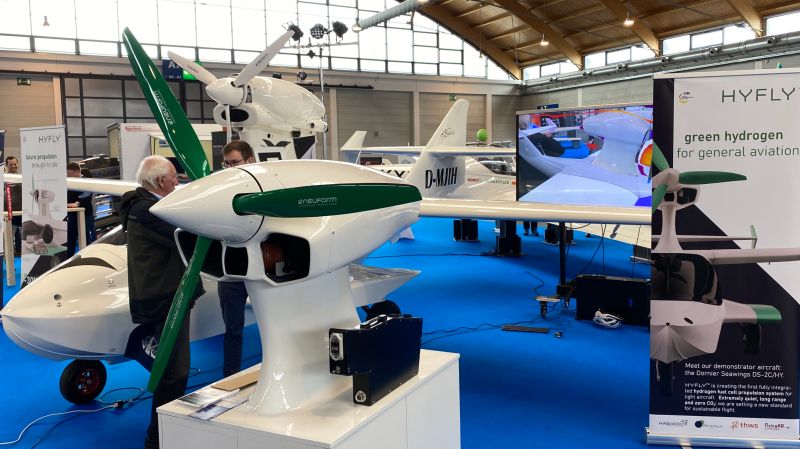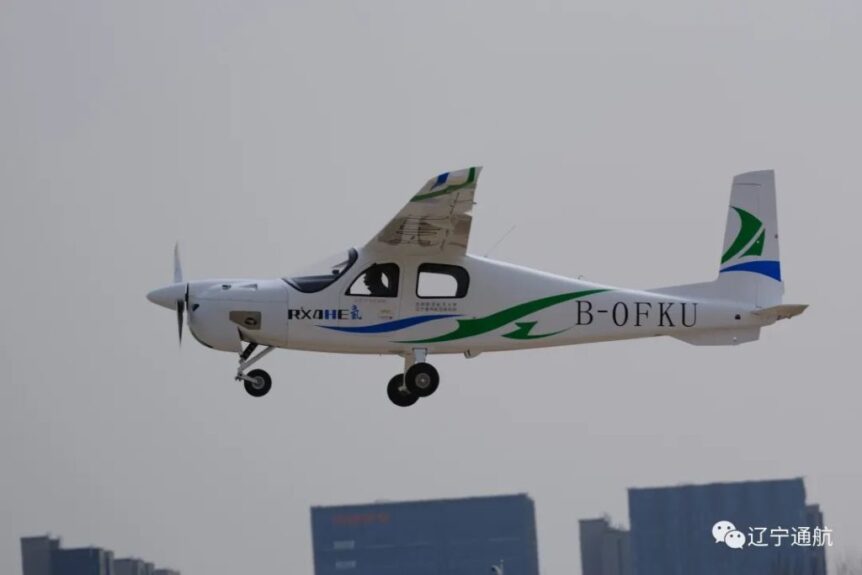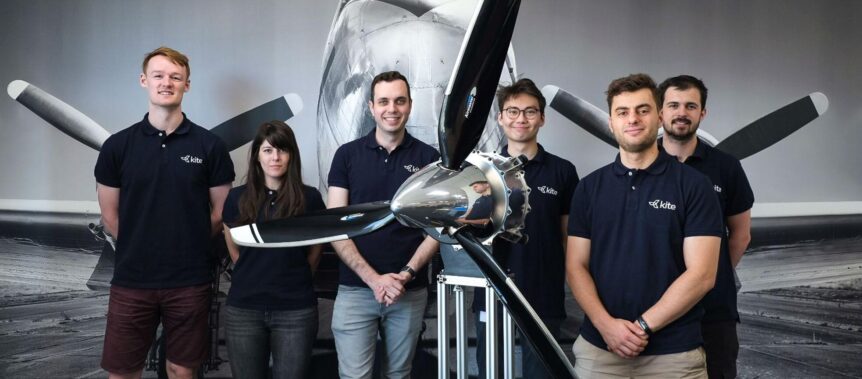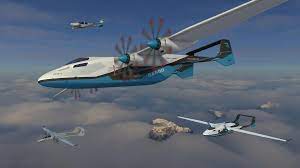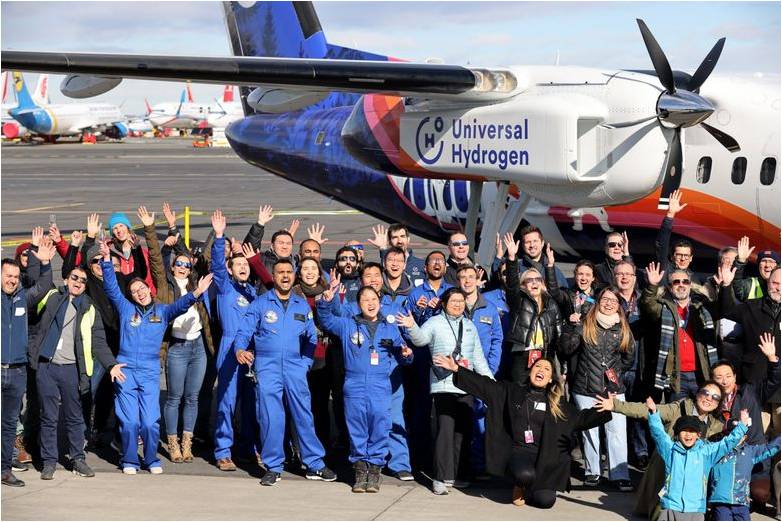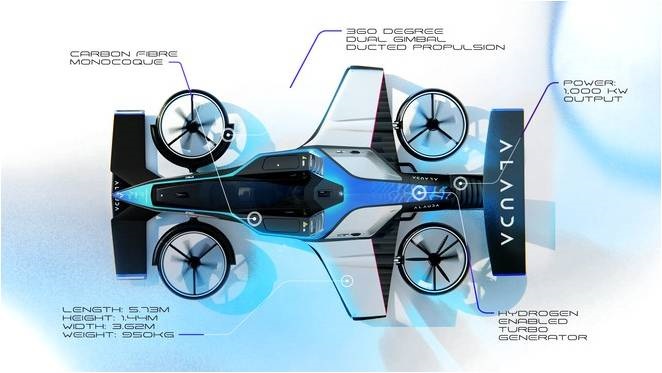An Island-Hopping Customer Surcar Airlines is an enterprise based in the Canary Islands which hopes to serve its island routes with ZeroAvia-motored, hydrogen-fueled DeHavilland Twin Otters. But not right away. Starting with conventionally-powered turbine twins, Surcar is working on a process, “Based on starting something totally new and that touches so many sectors at the same time. “Today we confirm that we have signed an agreement with@zeroavia to fly its ZA600 hydrogen-electric engines in order to operate ecological flights. “We will operate Twin Otter seaplanes updated with the ZA600 propulsion system on our sightseeing flights.” This 600 kilowatt (804 horsepower) system is now being tested and certified for aircraft seating nine to 19 passengers. “This implies the commitment to lead the electrification of aviation in the Canary Islands and achieve zero-emission flights in the archipelago.” This ambition drives the airline to follow, and possibly lead in the European Union’s aim to, “…Reduce greenhouse gas emissions by 55 percent by 2030 …
Dreaming of Big Electric Airplanes: CATL and COMAC
CATL and COMAC are dreaming of big electric airplanes. The first company has made some recent battery breakthroughs, and the second has recently brought China’s biggest jet airliner to market. CATL. Contemporary Amperex Technology Ltd., is a behemoth. According to TheInformation.com, “The company spent $124 million to acquire a lithium mine in China’s Jiangxi province, an operation that would feed into a $2.1 billion battery factory it was building nearby. And in October, it spent $3.6 billion to buy 25-percent of a cobalt operation in the Democratic Republic of Congo. This year, CATL has spent $1 billion on a lithium brine operation in Bolivia, $885 million for lithium rights in China’s Xinjiang province and $920 million for lithium rights in the Chinese province of Sichuan.” This globe-girdling spate of acquisition indicates the seriousness of China’s move to dominate world battery markets. With recent news of CATL’s 500 Watt-hour-per-kilogram cells and their possible use in large aircraft, the need to compete …
ZeroAvia and Natilus Partner on Blended Wing Cargo Plane
ZeroAvia, maker of hydrogen-Electric powerplants for zero-emission aviation, has been selected to partner with Natilus, “a leading innovator in designing and developing new autonomous blended-wing-body (BWB) cargo aircraft.” Kona, smallest of the pack, will carry a 3.8-ton (7,600-pound), while Natilus’ web site shows three additional BWBs, jumping to 60, 100, and 130 tons cargo-carrying capacity and maximum takeoff weights of up to nearly a million pounds. For a fact sheet on all the designs, click here. As an option to conventional turboprops, two ZeroAvia’s ZA600s producing 600 kilowatts (804 horsepower) each will power Kona, with its 26-meter (85-foot) wingspan capable of carrying its load 900 nautical miles (1,667 kilometers) at a cruising speed of 220 knots (407 kilometers) per hour. Natilus claims its range of BWB’s will 60-percent more cargo volume than traditional aircraft for the same weight giving 60-percent lower total cost of operations and 50-percent lower CO2 emissions. In terms of operating costs, Natilus’ largest craft come in …
ZeroAvia Has New Airplane, New Motor
ZeroAvia has taken delivery of a 76-seat Bombardier* Q400 airplane from Alaska Airlines. The craft could become a test bed for ZeroAvia’s modular HyperCore motors and hydrogen fuel systems. The Q400 will carry four times the number of passengers of the company’s current Dornier 228 twin-engine test aircraft – already having made five successful test flights. ZeroAvia proclaims, “The future of flight is renewable hydrogen,” and explains with a mission statement. “From 20 seat regional trips to over 100 seat long-distance flights, ZeroAvia enables scalable, sustainable aviation by replacing conventional engines with hydrogen-electric powertrains.” Two Dorniers, one in the United Kingdom and one in Hollister, California, are undergoing test flights (five so far in the Cotswolds in England) or awaiting FAA approval for such flights in Hollister. Acquiring the Bombardier brought a lot of attention to the Everett, Washington area recently, where ZeroAvia has a development center. Governor Jay Inslee came to inspect the project Q400 and prophecy about an increasingly …
Dornier DS-2C – a Hydrogen Hydroavian
What happens when a major aircraft company buys an interesting seaplane and repowers it with hydrogen? Dornier, a long-time German producer of often brilliant aircraft, acquired the rights to a two-seat amphibian, the Flywhale FW650, as of January 1, 2022. Originally powered with a Rotax engine, the craft will be repowered with an electric motor and a variety of possible battery, hydrogen, or hybrid power sources. Redesignated the Dornier DS-C2, it becomes part of the Seawings division and could live not only in the world of unlimited runways, but become a true eVTOL (electric Vertical Take Off and Landing) airplane, the DS-2C-X. The standard Light Sport Aircraft configuration can carry two at 250 kilometers per hour (155 mph), over a distance of 1,000 kilometers (620 miles) – impressive enough. It can operate in sea states up to 2 (Sea state 2 includes waves of 0.6 to 0.9 feet and winds up to 8 to 10 knots, or 9.2 to 11.5 mph.) …
China Flies RX4HE, a Hydrogen-Powered Four Seater
China has flown its first hydrogen-powered four-seat aircraft, the Liaoning Ruixiang RX4HE, on March 25. The airplane is somewhat unique in having an internal combustion engine (ICE) that runs on the liquid hydrogen used as fuel. Developed with the FAW (First Automobile Works), the engine displaces two liters and runs on the 4.5 kilograms (9.9 pounds) of highly-pressurized H2 carried on board. This enables one hour endurance at a cruising speed of 180 kilometers per hour (112 mph). FAW claims 43-percent efficiency for the powertrain and an overall thermal efficiency “greater than 40 percent.” (The video shows the RX4E, no videos of the HE model yet available.) According to Wikipedia, “China FAW Group Corp., Ltd. is a Chinese state-owned automobile manufacturer headquartered in Changchun, Jilin. Founded in 1953, it is currently the second largest of the “Big Four” state-owned car manufacturers of China, together with SAIC Motor, Dongfeng Motor Corporation and Changan Automobile.” e-Flight Journal reports the engine is “turbocharged …
Monash Makes Motors – and Fuel from Thin Air
Monash University announced a new type of electric aircraft motor and the promise of a fuel that could power everything from your smart watch to your airplane in the future. Both rely on unique ways of seeing the physical world around us. The Kite Magnetic Motor Charles Alcock, writing for FutureFlight.com, discusses Kite Magnetics’ 120 kilowatt (160 horsepower) electric propulsion unit (EPU) intended for a variety of light aircraft applications. part of a program at Monash University in Melbourne, Australia, the motor could find applications in “conventional fixed-wing aircraft, as well as eVTOL and eSTOL designs, high-altitude satellites, and wing-in-ground craft,” according to the University. At its core, the motor relies on the University’s patented Aeroperm™ magnetic material. This lightweight nanocrystalline substance is part of a soft amorphous metal matrix. Unlike traditional iron materials in motors, however, Aeroperm does not exhibit iron’s normal “lossiness.” Instead, it loses energy at “one-tenth the rate of existing magnetic materials used in current electrical …
APUS Offers Two Hydrogen-powered Aircraft
Designs to Fly “Without Harm for the Climate” APUS (Latin for swift bird) has announced two aircraft, the i-2 and i-5, that will offer either zero emission or very low emission flight. The designs represent some highly innovative thinking and excellent performance. APUS states its mission as, “Flying without any Harm for Climate!” To that end, they are developing four craft that will fly on green hydrogen power. Partnered with, “PowerCell (Hydrogen Fuel Cells), Fraunhofer (High-Voltage applications), COTESA (hydrogen storage solutions) and HEGGEMANN (hydrogen supply and safety systems) we are developing certified powertrain units for emission-free air transportation applications.” APUS i-2, Zero-Emission General Aviation Aircraft In a recent discussion with CEO Dipl.-Ing.Phillip Scheffel; Laurent Altenberger ,an Aerospace Project and Supply Chain Management Consultant in Business Development; and Dipl.-Ing. Robert Adam, a company co-founder and head of powertrain development, your editor learned how committed APUS is in the matter of promoting environmentally friendly flight. APUS itself goes back to the 2011 …
Biggest yet from Universal Hydrogen
Universal Hydrogen flew the largest hydrogen-powered aircraft yet at Grant County Airport in Moses Lake, Washington. The DeHavilland Dash 8 was powered on its right side by a MagniX motor and fueled by H2 from a pair of containers in the rear of the fuselage. It made a 15 minute flight to 3,500 feet and settled back to a safe landing It carried “the largest hydrogen fuel cell ever to power an aircraft, “and Universal Hydrogen co-founder and CEO Paul Eremenko “declared the moment the dawn of a new golden age of aviation.” Prep for flight Lightning McClean, Universal’s modified Dash 8, normally flies with up to 50 passengers. The penalty for using H2 for fuel is giving up 10 of those revenue-producing seats, Universal’s Plug Power containers taking up the back rows of the cabin. Other gear included a rigorous evaluation of every component and system, the Dash 8 was ready for taxiing and test flights. Two large hydrogen …
Alauda AirspeederMK4 and AMSL Speed Toward Records
Alauda and AMSL – two companies down under – are pressing ahead on divergent missions, but both powering “flying cars” with hydrogen. Both craft will achieve higher speeds and cover longer ranges than most other electric Vertical Take Off and Landing (eVTOL) craft. Alauda Airspeeder MK4 Alauda’s brief history of creating Airspeeders hits its latest iteration, the MK4. It replaces batteries with a 1,000 kilowatt hydrogen-fueled turbo generator driving ducted fans in place of previous open rotors. Up to now, the various Marks were remotely controlled and battery powered. MK4s will be “crewed” and powered by green hydrogen. Evolved over the last few years, MK4 will be much faster than its 100 kilometer per hour predecessors, and we hope, more controllable. Remotely controlled crashes, as shown in this2022 MK3 race, are no more harmful to human operators than a video game – although probably more costly. Looking a great deal like a Formula 1 or Formula e race car, the …

